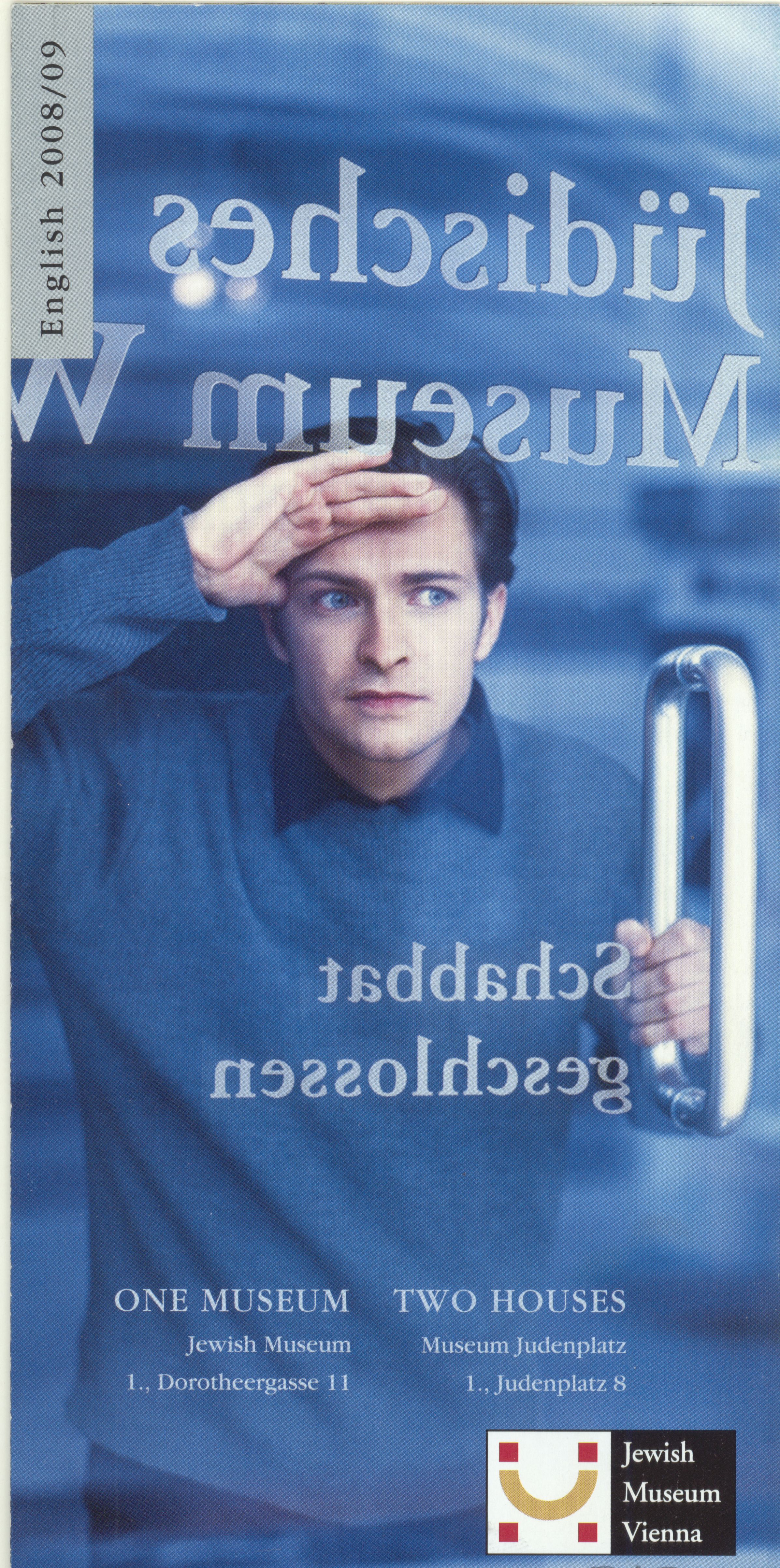There’s been a feeling lately of things coming full circle for me.
There’s been a period in which the links between the scenario work I do today and the art of moviemaking, which obsessed me as a kid, became very evident – you can see some of this in my recent writing on Decision to Leave, Burden of Dreams, and The Limey.
And I found myself training as a group facilitator at the Tavistock and Portman NHS Trust, a specialist mental health organization in the UK.
This is a journey I probably should have seen coming ever since a colleague, Steffen Krüger, sat down with me after a scenario planning workshop which had left Post-It notes strewn across a number of whiteboards, and showed me the strangely resonant cover of the psychoanalyst Wilfred Bion’s book Experiences in Groups.



